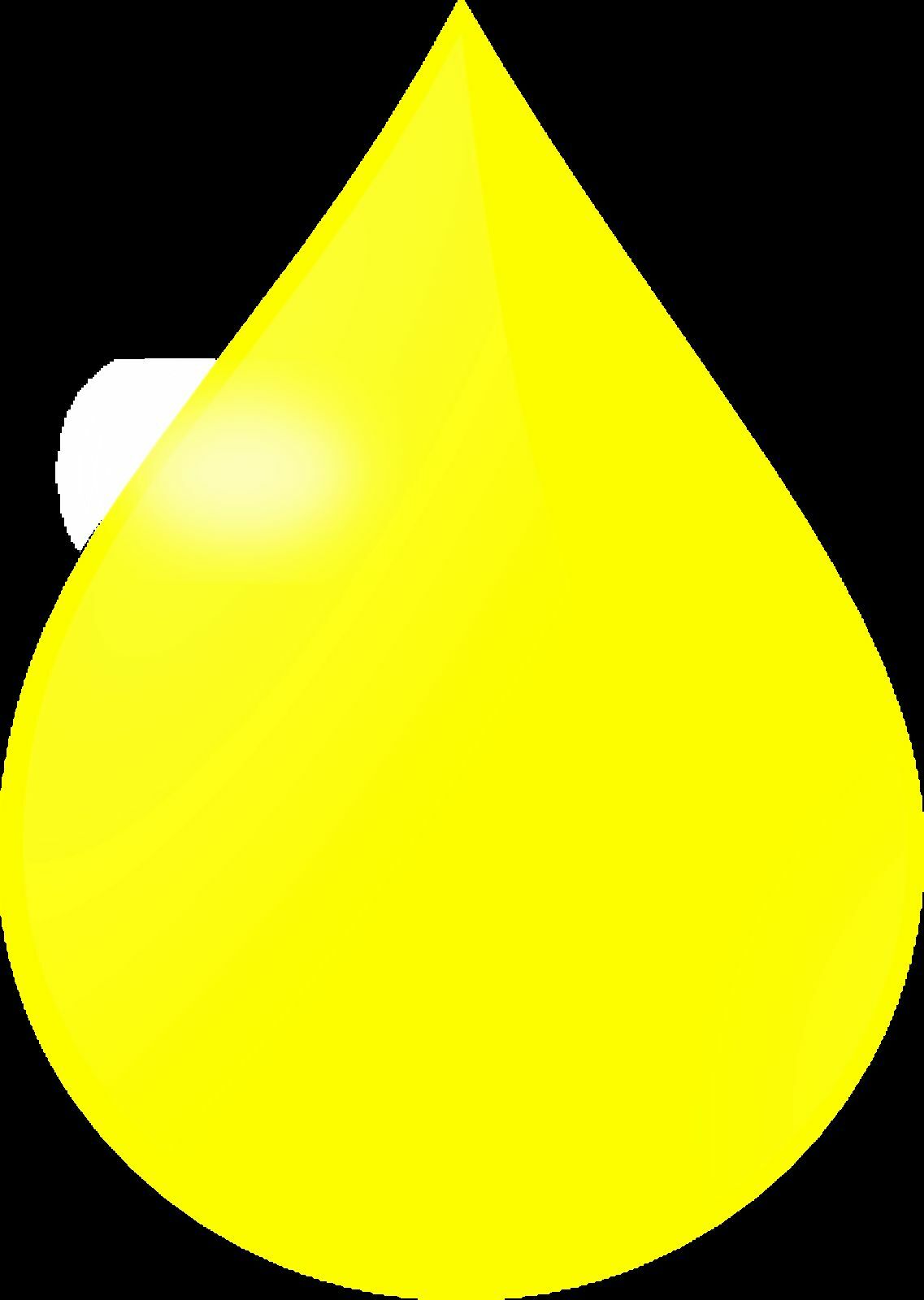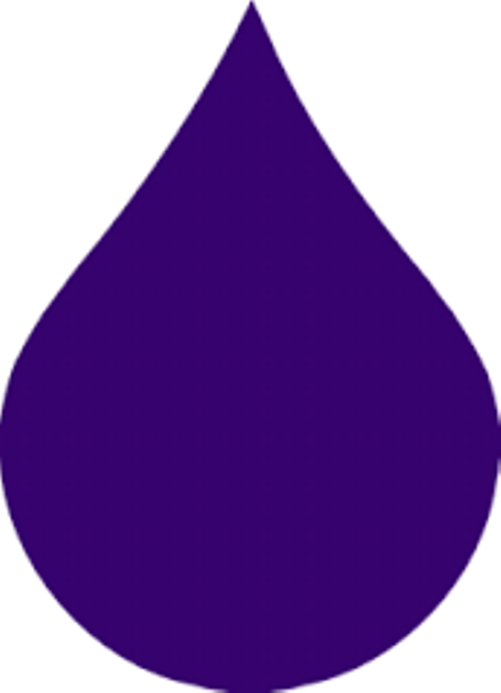-40%
Orange Dye for PVC STAIN 1 oz concentrate lqd
$ 6.86
- Description
- Size Guide
Description
These dyes are used as a color additive in PVC STAINSPVC is great: cheap, common, easy to work, and easy to join temporarily or permanently. Only problem is, it's kinda ugly, much of which owes to the fact that it only comes in white, gray, sometimes black, and (if you're willing to pay through the nose) clear. "Furniture grade" PVC pipe can sometimes be found with integral color, but you're limited to factory shades and if you want matching elbows, tees, or other fittings, you're out of luck, because fittings only come in white. Sure, you can paint it, but PVC doesn't take paint all that well, and the paint is prone to flake and screws up the dimensional tolerances. With stain, you get color that doesn't flake or add thickness, so you can stain pipe and fittings different colors before assembly and still expect them to fit. You can even take them apart and reassemble them in some other way without affecting the finish
Step 1 — Gather materials
"Clear Cleaner" is a product used to prepare PVC pipe and pipe fittings for gluing. Chemically, it is identical to "Purple Primer," but without the added purple dye. Or MEK which is a cheaper product to use than the clear cleaner(available at your local hardware store..
Rekhaoil Dye for PVC stain Note that these dyes are very strong; one ounce goes a long way.
Step 2 — Add dye to cleaner Or MEK
Work in a well-ventilated workspace and wear nitrile gloves and goggles at all times when handling the solvent or the dye. Using your volumetric pipette, draw up the required volume of each dye and transfer it to the container of Clear Cleaner. Be careful not to cross-contaminate the dyes.
Step 3
Close the can lid tightly. Wipe off any stray solvent or dye from the outside of the can with a paper towel.
Gently shake the can for about 15 seconds to mix the dye into the solvent.
Step 4 — Apply stain
Generously slather the stain onto the pipe or pipe fitting using the can's built-in applicator. Work quickly, rotating the piece and making sure to smooth out any streaks or drips of color before they have time to dry. Spilled dye can usually be cleaned up with lighter fluid and a paper towel. Dye that has dripped off PVC pipe will be harder to remove because it will have dissolved polymer in it; loosen it with a copper dish scrub and lighter fluid, then wipe up with a paper towel.
Step 5 — Let dry
Set the stained PVC aside, on a safe surface, to dry. In point of fact the solvent will dry up very quickly. Under most conditions, an hour will be more than enough.
Once dry, the stained PVC should be able to pass a "white glove test" and not transfer even a small amount of color to anything that touches it.
PATTERN PENDING: ONLY REKHAOIL OR SOLVENT DYES PURCHASE FROM NARAD MARKETING CORPORATION IS APPROVE FOR THIS APPLICATION.





